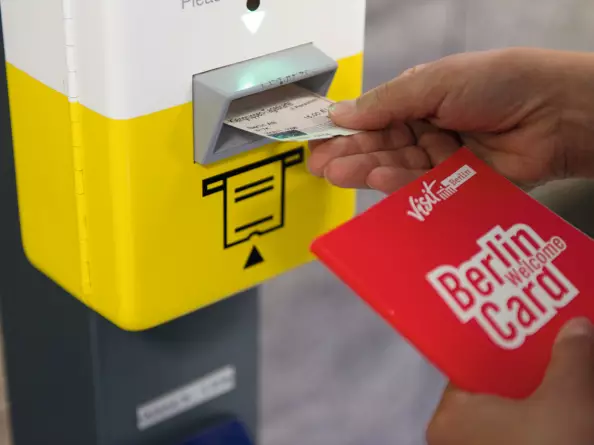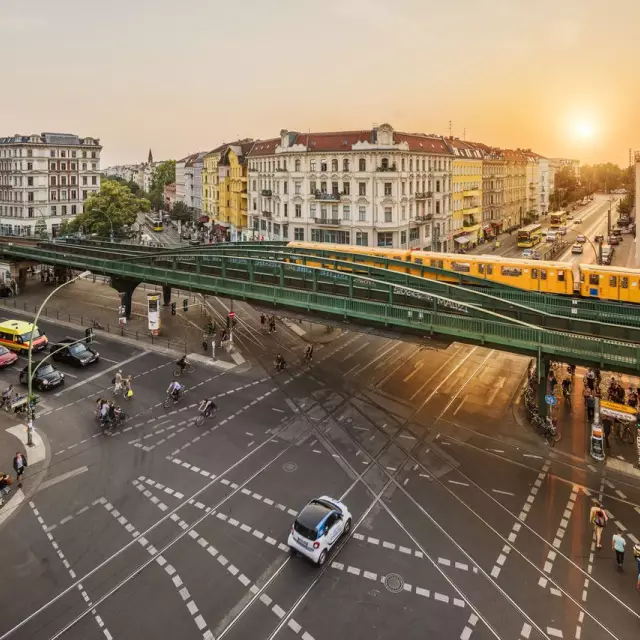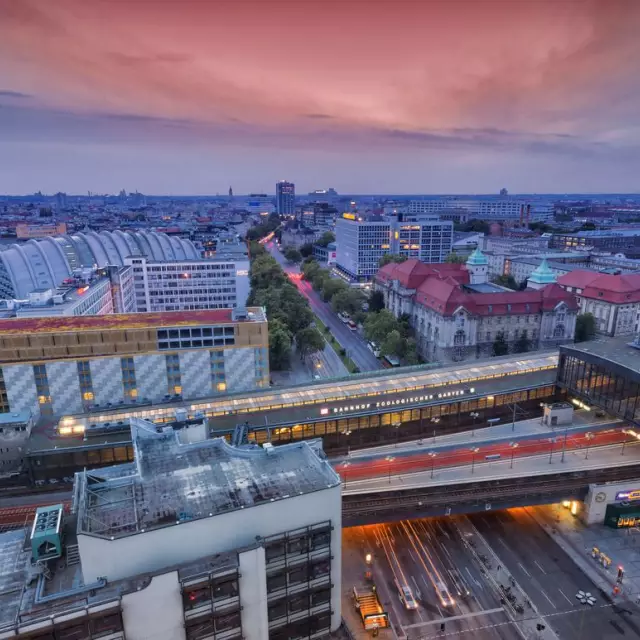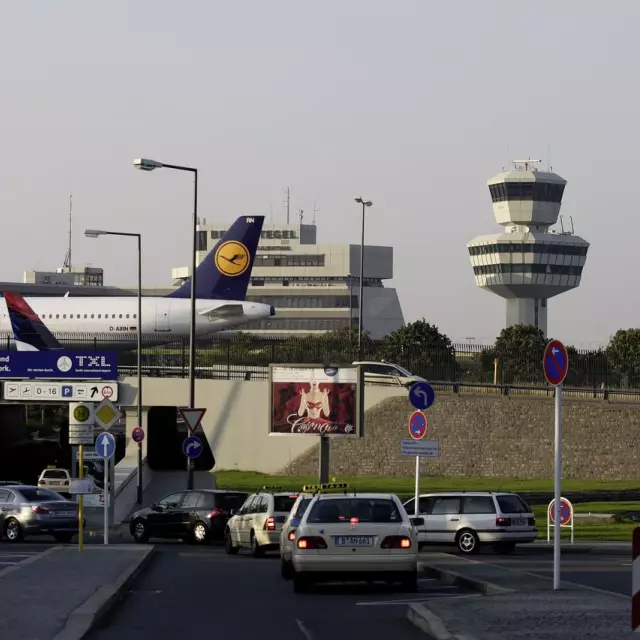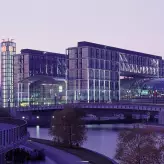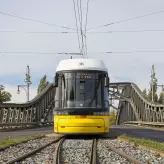Travelling to and in Berlin
Whether you travel by bus, train, car or plane, Berlin is well connected thanks to its central location in Europe. And even within the city, you can get to your destination quickly and easily.
Travelling by plane
Berlin Brandenburg Airport (BER) has more than 15,000 take-offs and landings per month. There are 148 connections to 49 countries offered by 64 airlines – including low-cost carriers such as Eurowings, Easyjet and Ryanair. The chances of finding a flight to the capital that suits you are good.
But how do you get to the city as quickly as possible?
Berlin Brandenburg Airport (BER) is located 23 km outside of Berlin, but you can still get to the city centre quickly from here. The S-Bahn lines S 9 and S 45 run to the city centre every 20 minutes. The Airport Express and regional trains run four times an hour from the airport station to Berlin's main station. The nearest underground station is Rudow, which you can reach by express bus.
A taxi to Alexanderplatz from Schönefeld costs around EUR 65.
You can find extensive information about Berlin's airports at www.berlin-airport.de
By train
Berlin's central station is the largest railway junction in Europe and is located in the immediate vicinity of the government district. Other long-distance railway stations provide a high level of flexibility as hubs for local and long-distance transport.
By car
From the Berlin motorway ring road, you can quickly reach the city centre via numerous exits, where there are plenty of parking spaces and car parks. You can book rental cars at all major train stations and airports. Berlin also offers a wide range of car sharing options.
Of course, you can leave your car in one of the car parks inside or outside the Berlin ring road and switch to public transport at any time.
By bus
Berlin is on the route network of all the major long-distance bus companies. Most buses stop at the Central Bus Station (ZOB) in Charlottenburg, opposite the exhibition centre.
Getting around Berlin
Berlin public transport
The public transport infrastructure in Berlin is one of the best in Europe and can be quickly mastered with a little practice. The same tickets are valid for all means of transport. The city centre is in fare zone AB, while more distant destinations such as Berlin Brandenburg Airport (BER) are in fare zone ABC. Single tickets (AB) cost €3.50, 4-trip tickets €10.80. You can book a "flat rate" for two to six days at a time with the Berlin Welcome Card, which also gives you up to 50% off admission to around 180 sights, attractions, restaurants and theatres.
You can find timetables and connections on the BVG's interactive network map.
How does the public transport system work?
S-Bahn and underground
The yellow Berlin underground is as much a part of Berlin as the TV tower and the Brandenburg Gate. Ten lines criss-cross the city and run every 4 to 5 minutes during peak hours, otherwise every 10 to 15 minutes. Closely linked to the 15 lines of the S-Bahn, you can travel not only across the city centre, but also to more distant destinations, at 10 to 20-minute intervals.
Tram
The tram is a privilege of the former eastern part of the city, where the 22 lines are a welcome addition to the underground. Since 2015, the main station has also been accessible by tram.
Bus
A dense bus network covers the routes not served by other means of transport: bus lines 100 to 399 and the metro buses M11 to M85, which run around the clock.
Timetables
the underground and suburban railway lines run until around 1 a.m. on weekdays and all day at weekends. Metrotrams and metro buses also run at night on weekdays (every 30 minutes). In addition, special night bus lines replace the missing connections after 1 a.m. The night bus network can also be found at the bottom of this page.
You can find all connections at www.bvg.de
related articles
